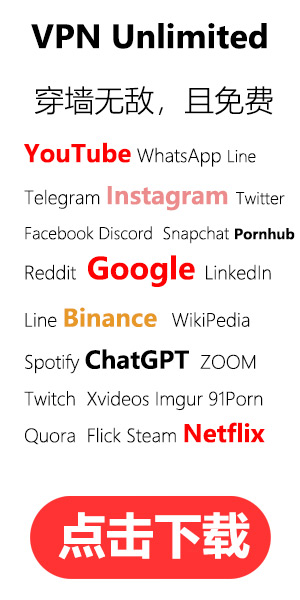signal
Signals are the invisible messengers that facilitate communication and connect us in this vast digital era. Whether it’s the familiar beep of a text message or the Wi-Fi signal that allows us to browse the internet, signals are at the core of our interconnected lives. They serve as the vital bridge between entities, enabling information exchange and facilitating real-time communication.
From hand signals used by traffic police to intricate electrical signals in electronic devices, signals take many forms. In telecommunication, signals are used to encode and transmit information over long distances, enabling long conversations and data transfer between individuals across the globe.
Signals are not limited to human communication; they extend to the natural world as well. For instance, animals employ various signals such as sound, scent, and body language to communicate and interact with their surroundings.
The advent of technology has revolutionized the concept of signals. From simple smoke signals used by early civilizations to the complex wireless signals used in modern smartphones, the way we transmit and receive information is constantly evolving. Devices like smartphones, computers, and radios rely on signals for their proper functioning, emphasizing the crucial role they play in our day-to-day lives.
Without signals, navigating the complexities of our world would be nearly impossible. The ability to communicate and exchange information seamlessly is fundamental to the progress of societies. So, the next time you send a message or connect with someone online, take a moment to acknowledge the transformative power of signals that make it all possible.
